Entry Type: Event - Starting with L
Labor Day Bombings of 1959
Lacey, Nathan (Lynching of)
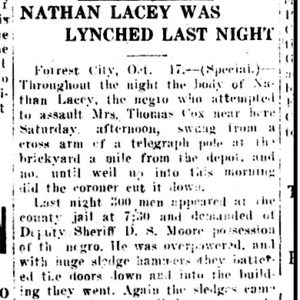 Nathan Lacey Lynching Article
Nathan Lacey Lynching Article
Lafayette County Lynching of 1859
LaGrange, Skirmish at
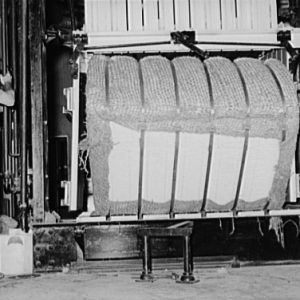 Lake Dick Cotton Baler
Lake Dick Cotton Baler
Lake View School District No. 25 v. Huckabee
 Lake Village Flood
Lake Village Flood
Laman v. McCord
aka: W. F. Laman, et al. v. Robert S. McCord, et al.
Lamb’s Plantation, Skirmish at
aka: Skirmish at Helena (August 1, 1864)
Lancaster, Robert (Execution of)
Lane, Frank (Lynching of)
Larkin, Hill (Lynching of)
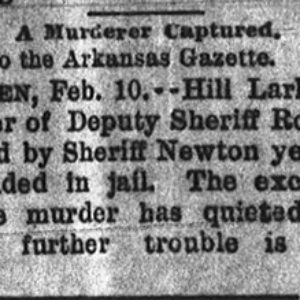 Hill Larkin Lynching Article
Hill Larkin Lynching Article
 Laurada Departing for Liberia
Laurada Departing for Liberia
Lawrenceville, Skirmish at
aka: Skirmish at Green's Farm
Lebow (Lynching of)
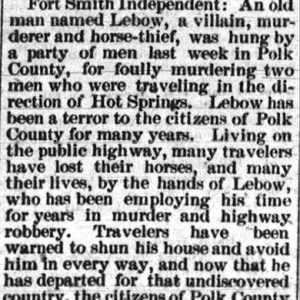 Lebow Lynching Article
Lebow Lynching Article
Lee County Executions of 1881
Lee, Daniel Lewis (Execution of)
Lepanto Terrapin Derby
LeSane, Henry (Execution of)
Levels, Jacob (Execution of)
Lewis, Charles (Lynching of)
Lewis, David S. (Execution of)
Lewis, Sanford (Lynching of)
 Lewis Lynching Article
Lewis Lynching Article
Lewisburg into Yell and Searcy Counties, Scout from
Lewisburg to Strahan’s Ferry, Expedition from
Lewisburg, Scouts from (August 11–14, 1864)
Lewisburg, Scouts from (June 1864)
Lewisburg, Scouts from (September 6–12, 1864)
Lewisburg, Skirmish at
LGBTQ+ Movement
Lick Creek Expedition
aka: Helena Expedition (March 6–10, 1863)
aka: Big Creek Expedition
Lick Creek, Skirmish at
Lightfoot, G. P. F. (Lynching of)
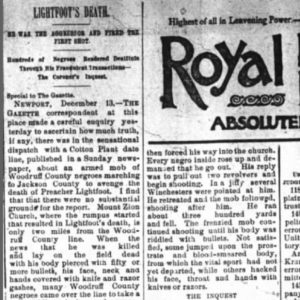 Lightfoot Lynching Article
Lightfoot Lynching Article
Limestone Valley, Skirmish at
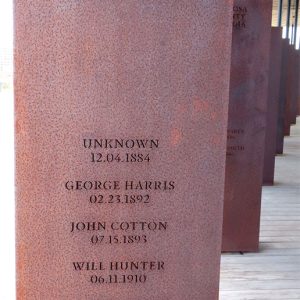 Lincoln County Lynching
Lincoln County Lynching
Lindbergh Day
aka: Guggenheim Tour
Lindbergh, Charles, First Night Flight of
Little Miss Arkansas Pageant
Little Red River, Skirmish at (June 6, 1864)
aka: Skirmish at Beeler's Ferry
Little Red River, Skirmish at (May 17, 1862)
Little Red River, Skirmishes at (June 5 and 7, 1862)
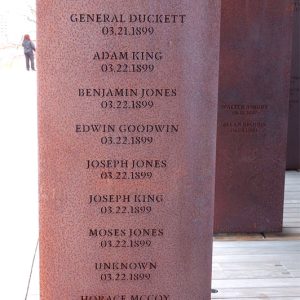 Little River County Lynching
Little River County Lynching




